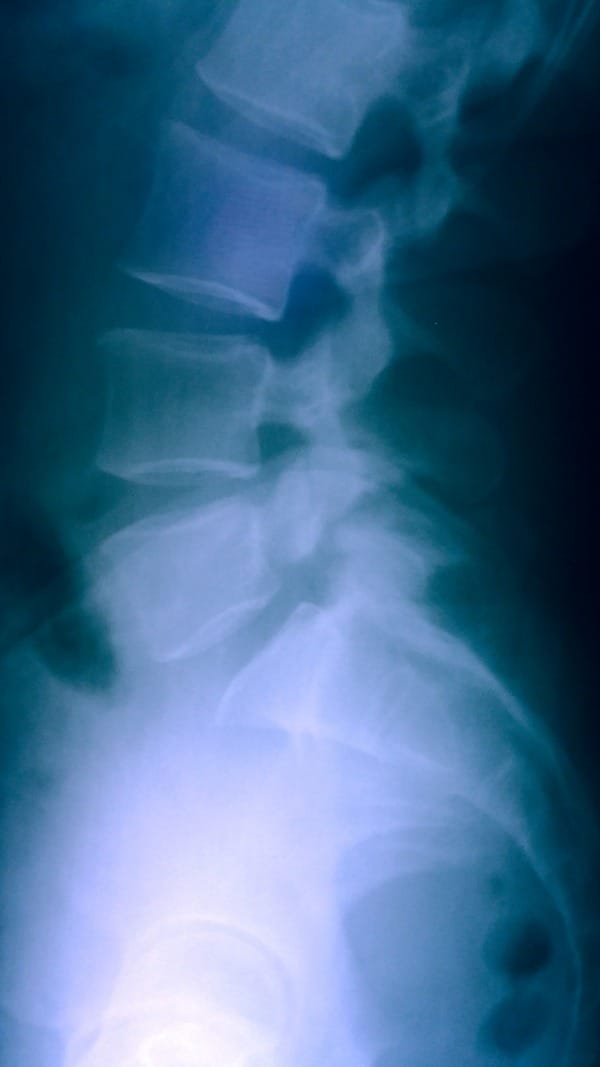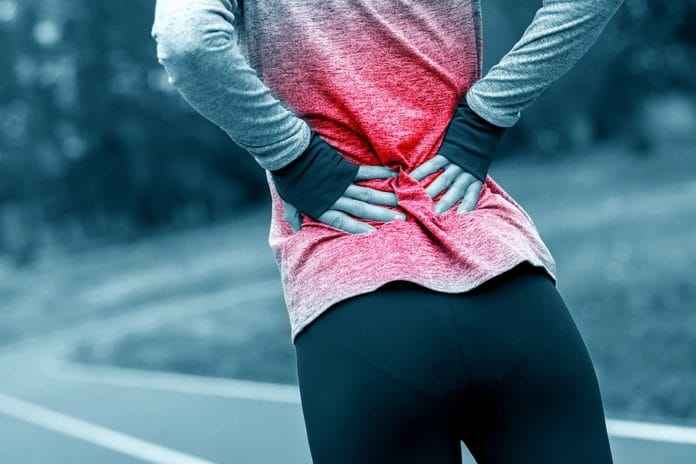Managing chronic pain can be a lifetime task. Unfortunately, how we manage the pain may have dire consequences. Regular exercise, walking, yoga, massage, and chiropractic care of some methods of pain control and prevention. All of these methods may help prevent and control pain symptoms, but what if we forget to ascertain the cause? Radiography is the Gold Standard in dentistry for detecting ailments so it stands that it should also be the Gold Standard for diagnosing the cause of skeletal chronic pain issues.
What Do You Do When Nothing Seems to Help Back Pain?
I have suffered from lower back pain for so long that I cannot remember the last time I enjoyed a good night’s sleep. Over the years I’ve been to several chiropractors with limited results and end up frustrated as the lack of a good night’s sleep still haunts me. From rigorous exercise programs, to yoga, to walking and running, all seemed to result in increased pain instead of the management of pain. I always end up having to take a few month recovery sabbaticals from an exercise program due to elevated pain.
A few weeks ago, a patient in my operatory who (upon discussing his health history) stated that he saw a local chiropractor who relieved his hip pain. He was so convincing that I knew I had to schedule an appointment to see that chiropractor ASAP. Since I have been developing a monster left hip issue, I figured I should give his chiropractor a try. I made it a priority.
I scheduled an appointment, expecting to have a satisfying spinal adjustment and revisit in a few weeks for maintenance. As I sit here writing this article, I have not yet received that adjustment that I hoped would bring relief. Nor will I receive it.
The chiropractor ordered and took neck, spine, and hip radiographs before she would do any spinal adjustments. She did a thorough health history review and an extensive range of motion examination. I didn’t feel that the radiographs were necessary, but was curious as to what was going on with my left hip. In my mind’s eye, I suspected that my hip was positioning out of socket due to the use of my saddle chair, and the leftward lean toward my patients.
Discovery

The radiographs revealed a much more concerning issue. My L5 vertebrae is slipping forward (spondylolisthesis) and the vertebrae’s pars interarticularis is broken/fractured (spondylosis). My L5 is separating from my S1.
Most of the exercises and chiropractic care I have done and received over the years are not recommended as they could and most likely did make my condition worse.
My chiropractor did not want to blindly adjust my spine, just as we do not want to blindly treat patients without radiographs. I will admit that I did not want the radiographs due to expense and exposure (they were not digital). Thankfully, I agreed to them. It reminded me of stubborn and reluctant dental patients, and I felt a little shameful.
What Caused My Spondylolisthesis and Spondylosis?
This is a good question. I have been a practicing dental hygienist for 32 years, played volleyball and rode horses in my earlier years, worked hard on the farm as a young girl, and had a few slip-and-falls along the way. In addition to unsupervised exercising with an undiagnosed spinal condition, perhaps the compilation of these life events lead to this game-changing event.
Both my chiropractor and physical therapist thought an accident involving a hard fall to my spine must have caused the spondylolisthesis and spondylosis. I remember a few falls, but none that I would consider hard enough to cause this condition. The other suggestion is a possible degenerative genetic condition. Since we cannot conclude the cause, we are simply moving ahead to the treatment and management.
So Now What?
Physical therapy focusing on core therapy will help support my sliding and broken vertebrae. Not just any exercises, but ones specifically designed for my situation. I will need to do them for the rest of my life to avoid spinal surgery. This will not cure the condition but will control it from worsening.
Amazon Prime Here I Come!
Getting appropriate back support to wear when lifting, using ice therapy for pain, and far infrared heat therapy to increase circulation, sleeping with a leg wedge, and using a memory foam lumbar support will be necessities. Please note: Do not use back supports/braces unless a physician or physical therapist recommends one because overuse may result in weakening of muscles, doing more harm than good as muscles may become dependent on them. My physical therapist recommends that I wear a back support for lifting as protection to my spine.
The Importance of Radiographs
Just as in dentistry, radiographs were essential to properly diagnose the cause of my chronic back and hip pain and hence allow for proper treatment of the condition. I respect my new chiropractor for needing to study deeper into the situation before blindly adjusting my spine (as all others have done in the past). She was adamant on her belief of taking radiographs as the Gold Standard of diagnostic care.
Working with Blinders On
As much as I am distressed and rather discouraged about my diagnosis, I am thankful that I can use my scenario to give patients a better analogy and understanding as to the reasons why routine diagnostic radiographs are so very important for proper personalized treatment.
I visualize wearing a bandana over my eyes and blindly looking into a patient’s mouth. They would be horrified. On rare occasion I tell my patients who refuse radiographs that the doctor is a “super man,” but he is not “Superman” who has x-ray vision.
A Game-Changer
This has been a huge game-changer for me. Listen to your body; nobody should allow pain to exist for that many years without looking deeper. I am eager to begin therapy and know that I will need to adjust my daily activities. I will listen to my therapist and learn the proper exercises to strengthen my core and help stabilize my vertebrate versus just blindly exercising. When you decide to start a new exercise regimen and are advised to see a doctor if you have pre-existing back pain, take that advisement seriously. I guess I considered myself to be above that advisement.
In Conclusion
Putting “the shoe on the other foot” was a great way to personally strengthen my core belief of explaining why radiographs are the Gold Standard for thorough and proper diagnostics.











